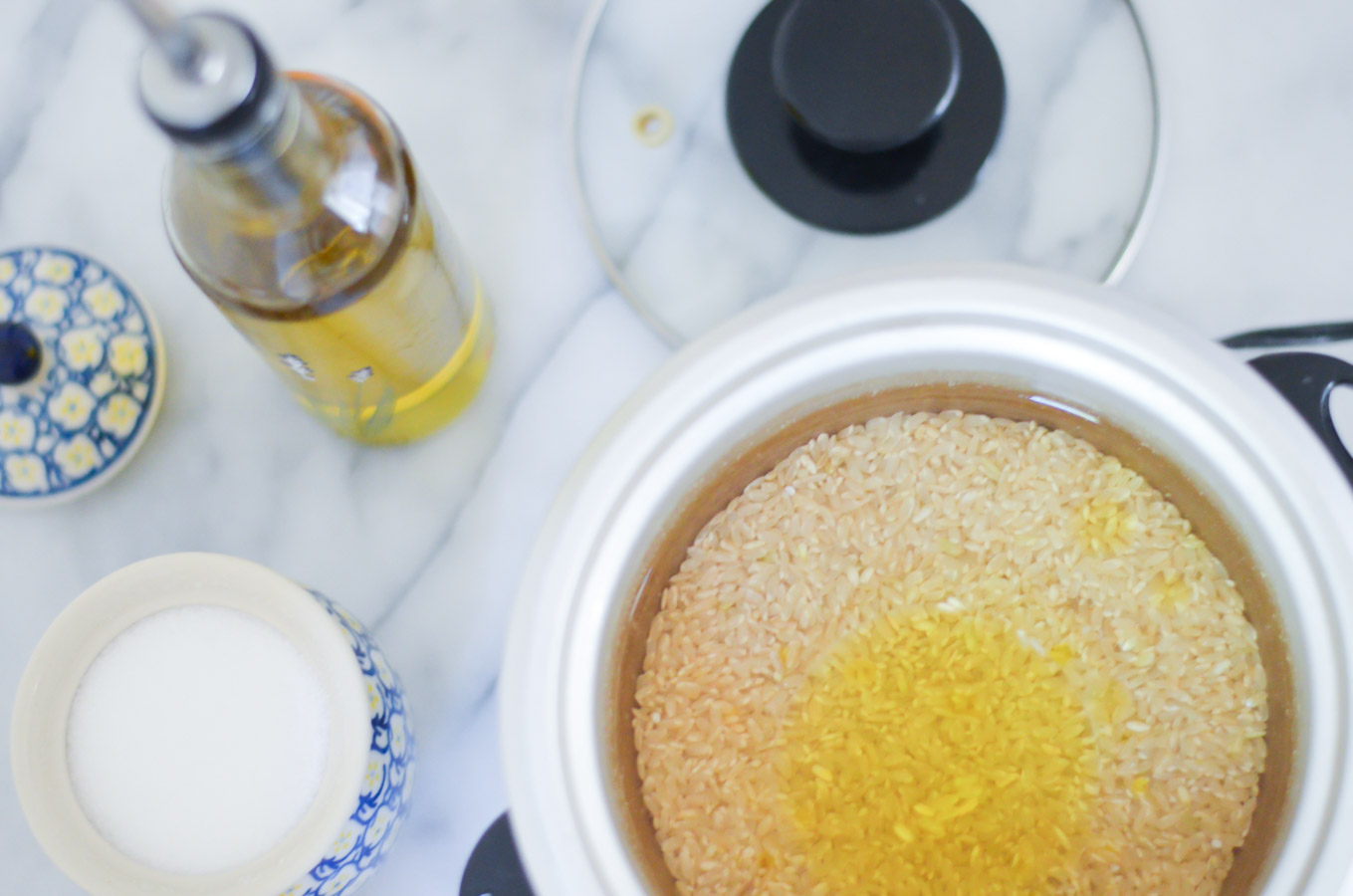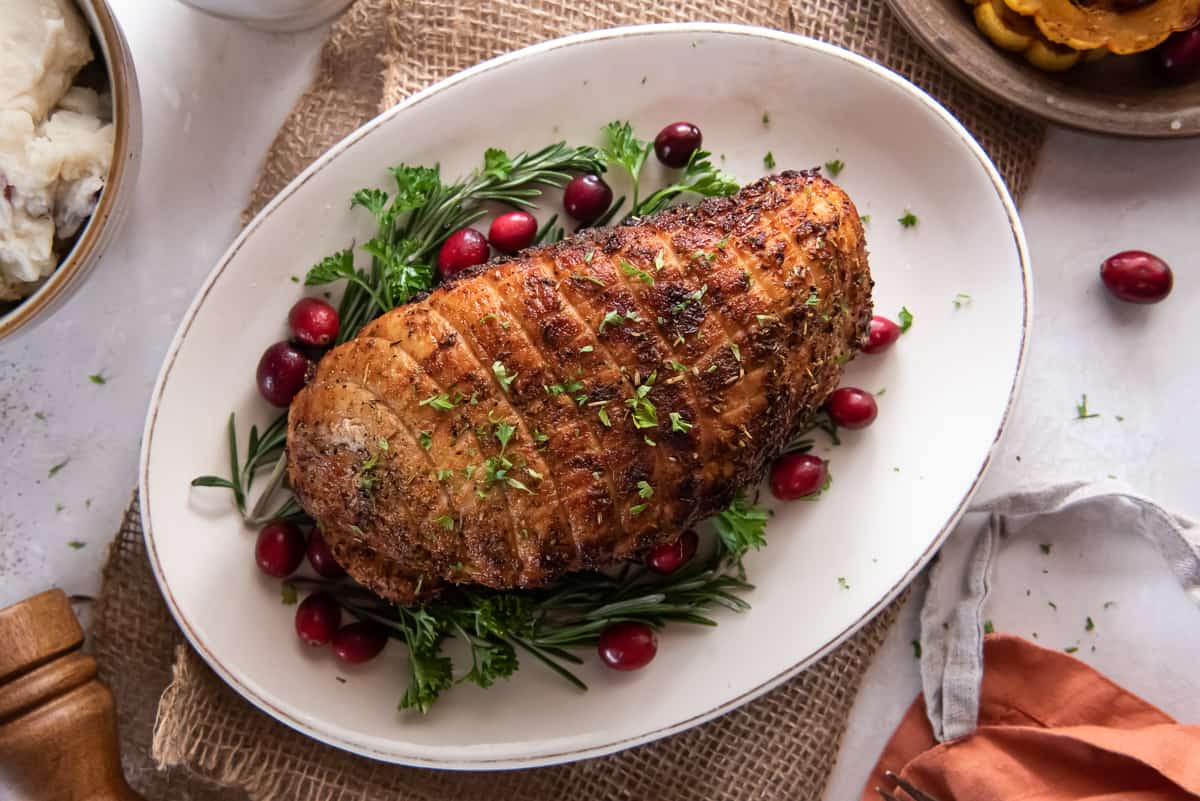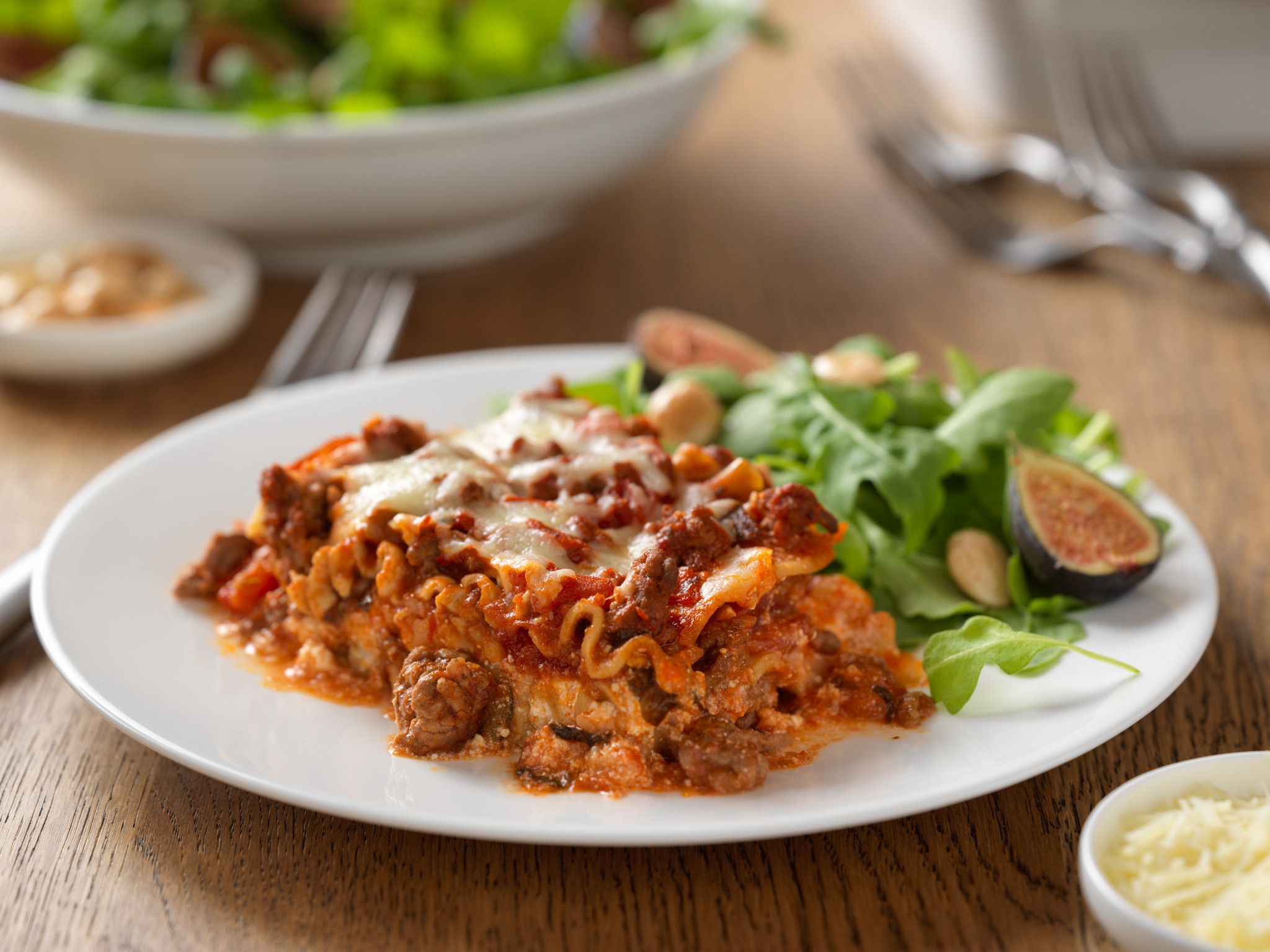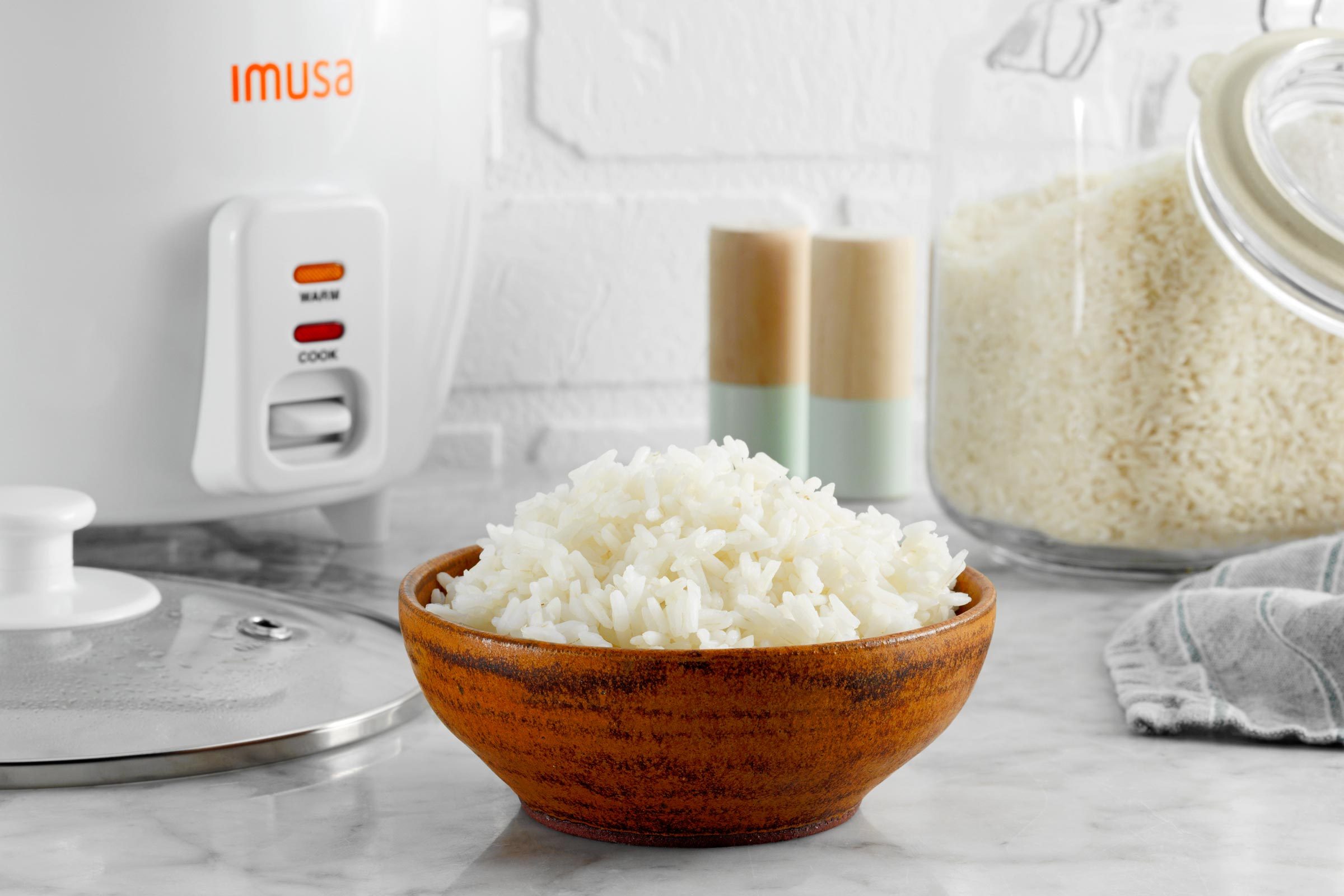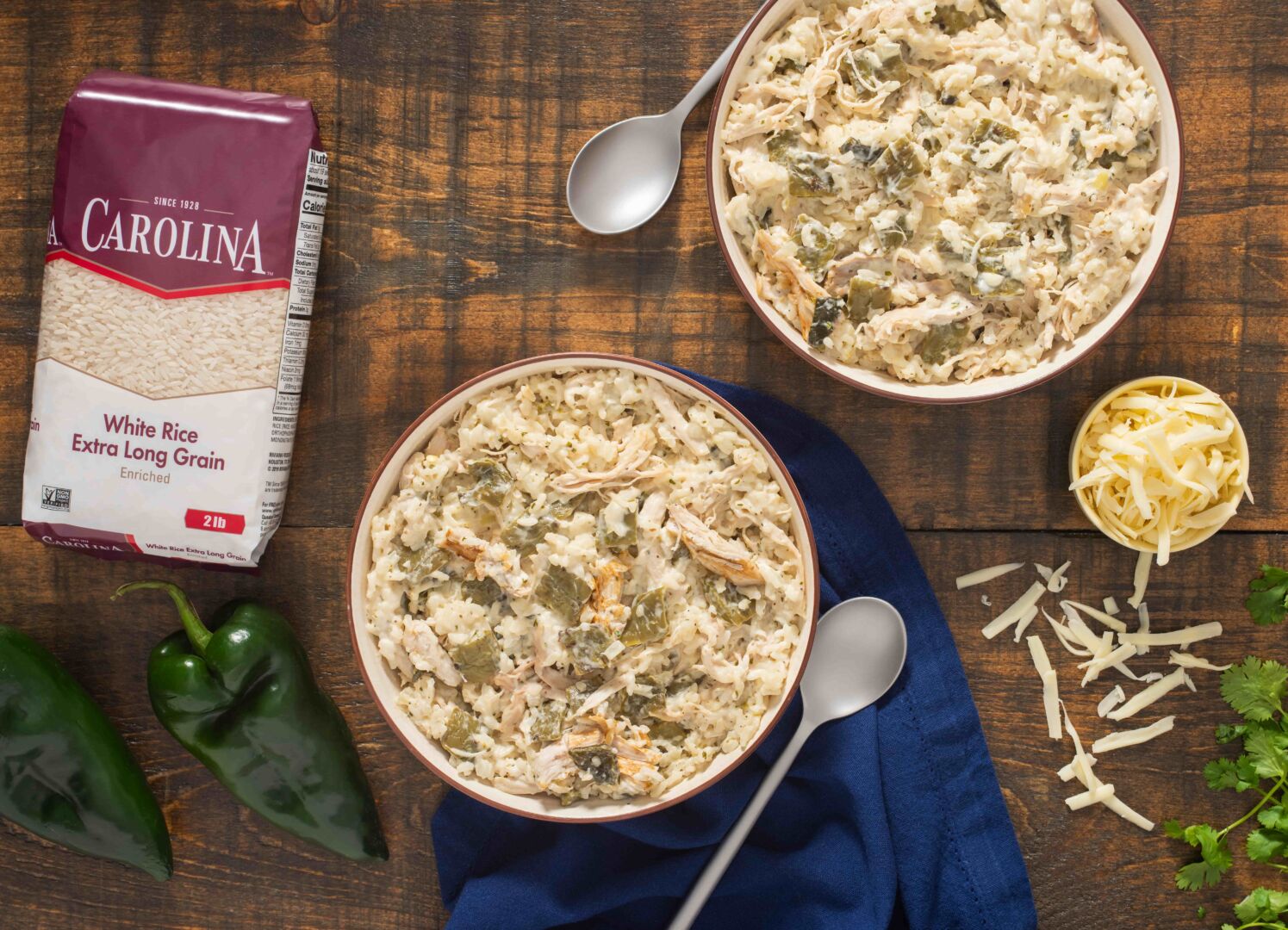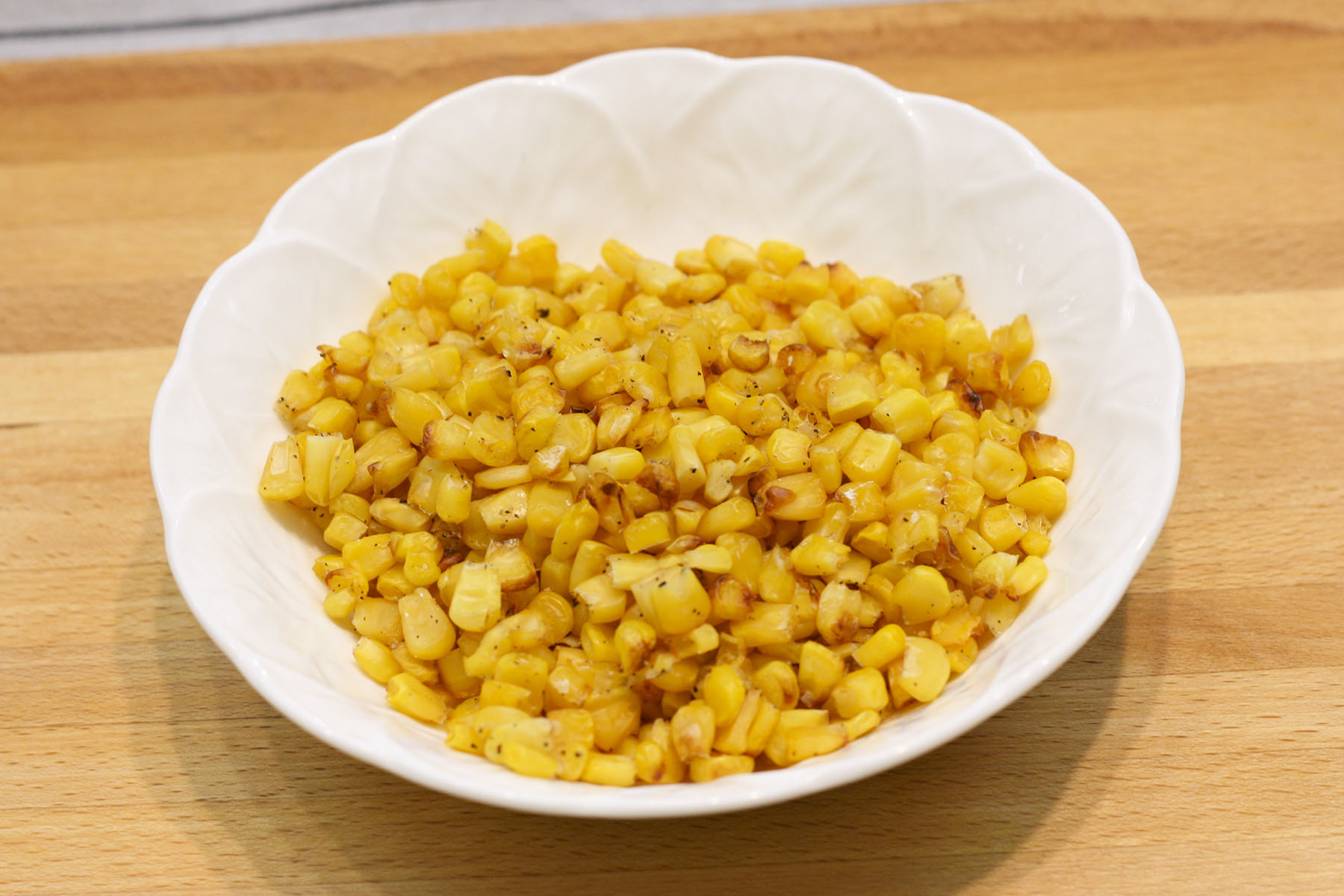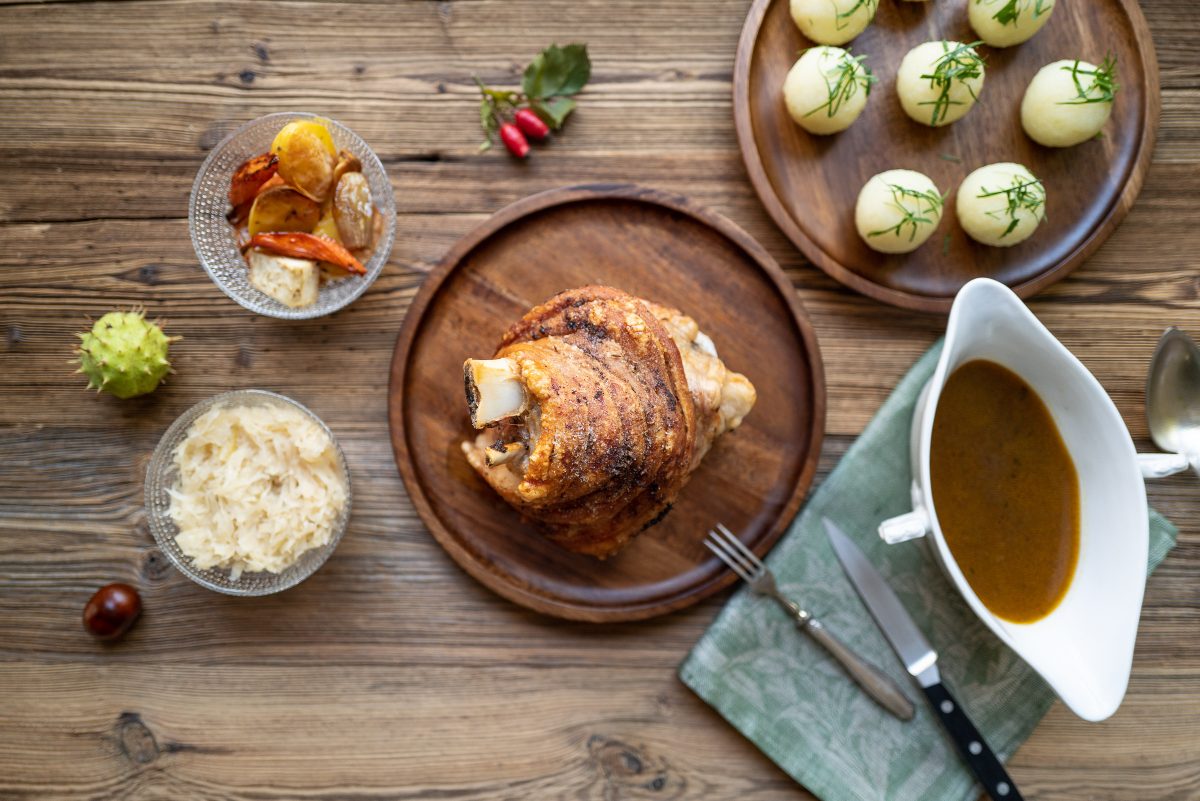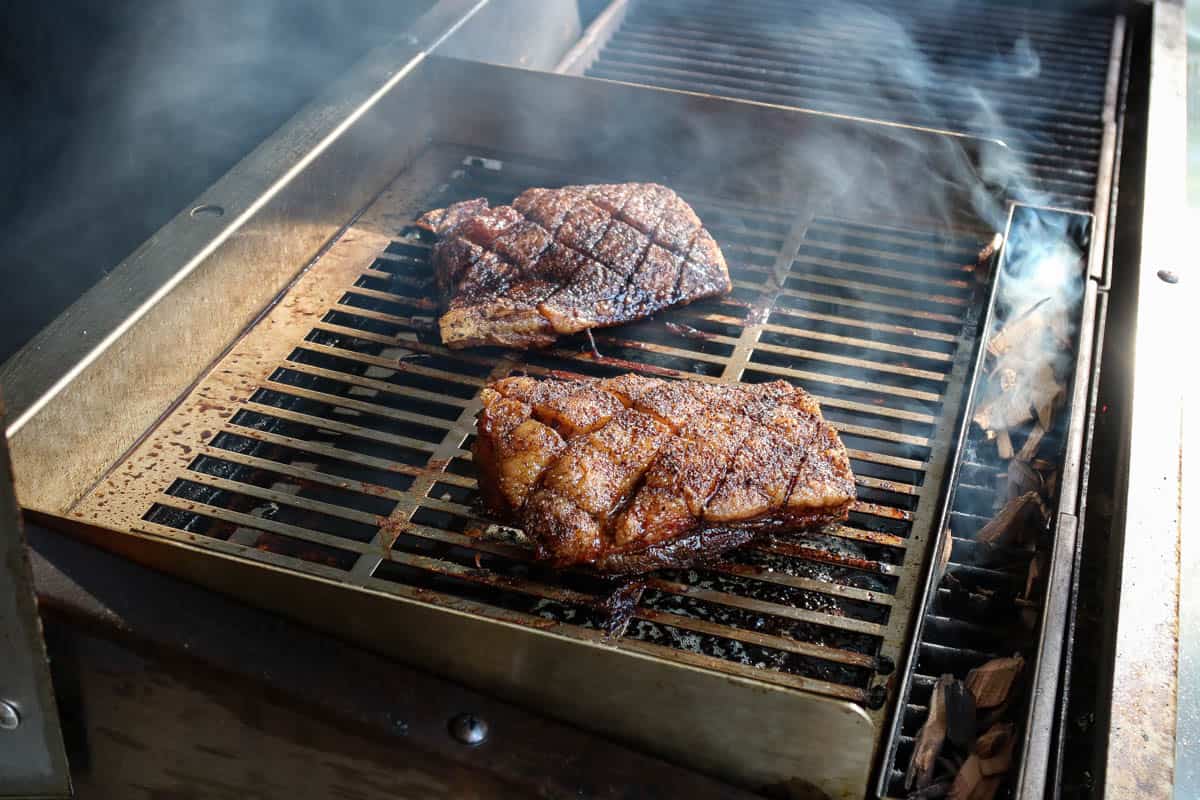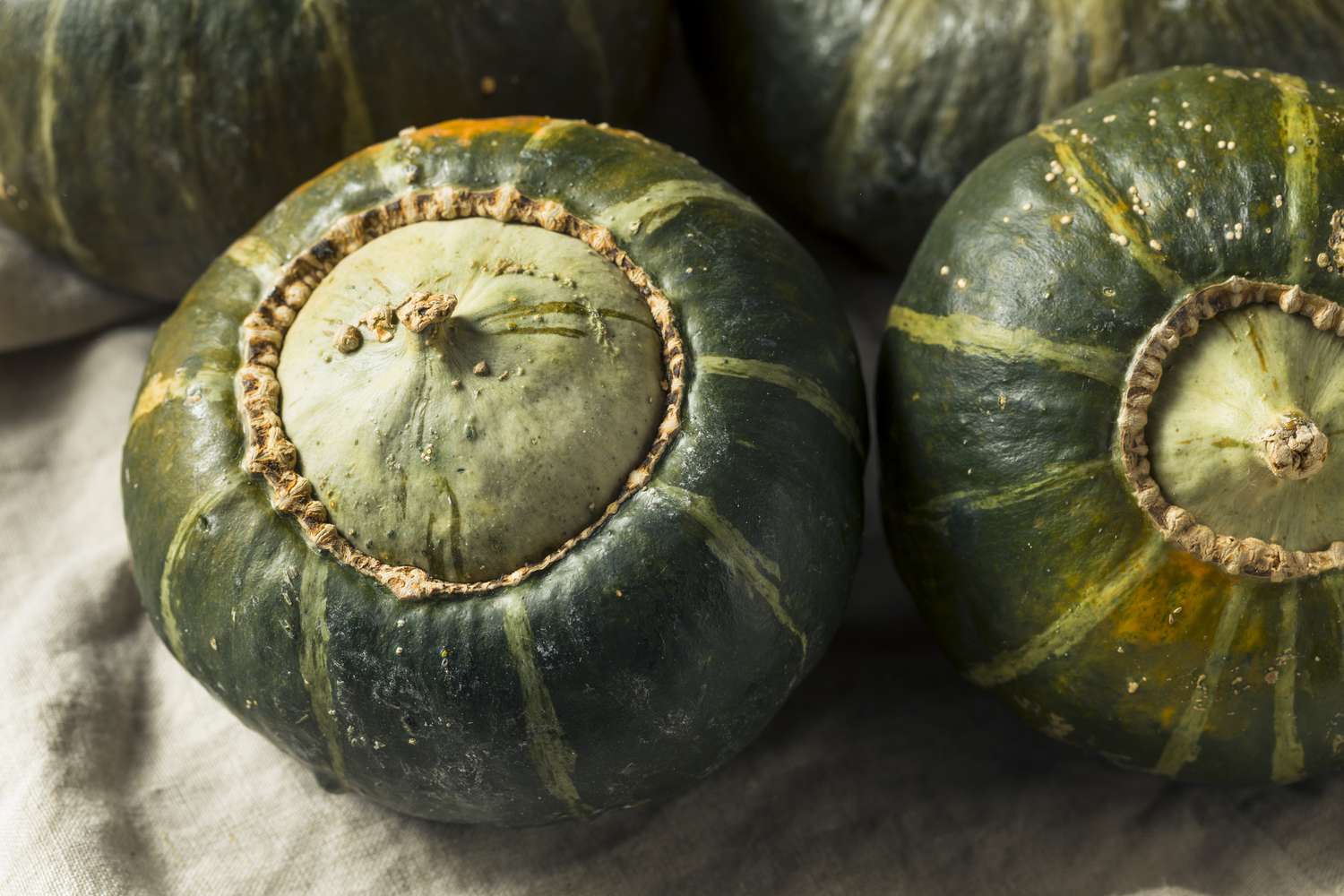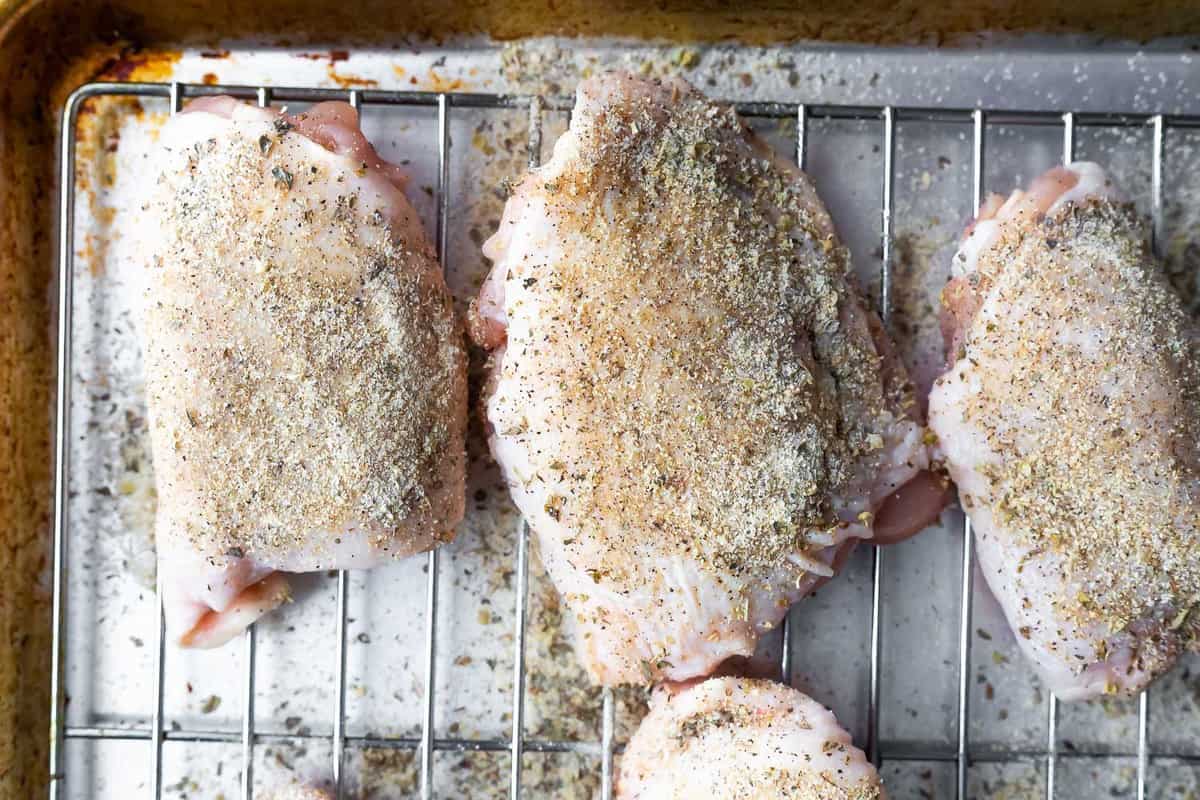Unlock the Delightful Flavors of Langoustines in Garlic Butter
Langoustines, with their sweet and succulent flesh, make for an exquisite seafood delight. When combined with the rich flavors of garlic butter, these delectable crustaceans reach a whole new level of deliciousness. Whether you are a seasoned chef or a passionate home cook, learning how to cook langoustines in garlic butter will elevate your culinary skills and impress your family and friends.
Gather Your Ingredients
Before you embark on your langoustine adventure, make sure you have all the necessary ingredients:
- 1 pound of langoustines
- 4 tablespoons of unsalted butter
- 4 garlic cloves, minced
- 1 tablespoon of freshly squeezed lemon juice
- Salt and pepper to taste
- Chopped parsley for garnish (optional)
Prepare the Langoustines
Begin by thawing the langoustines if you purchased them frozen. Once thawed, pat them dry using a paper towel to ensure a crispy texture when cooked. To prepare the langoustines for cooking:
- Using sharp kitchen shears, carefully cut along the underside of the langoustines to expose the meat.
- Gently remove the vein if present, as it can give the meat a slightly bitter taste.
- Season the langoustines with a pinch of salt and pepper, ensuring both sides are well coated.
Cooking the Langoustines
Now, it’s time to infuse those langoustines with the magical flavors of garlic butter:
- In a large skillet, melt the butter over medium heat until it starts to foam.
- Add the minced garlic and sauté for a minute, stirring constantly to prevent burning.
- Place the seasoned langoustines in the skillet, shell side down, and cook for about 4-5 minutes.
- Flip the langoustines and cook for an additional 2-3 minutes, until the flesh turns opaque.
Finishing Touches
Just a few final steps to take your langoustines to heavenly heights:
- Drizzle the lemon juice over the langoustines, adding a vibrant citrus kick.
- Garnish with chopped parsley for a pop of color and fresh herbaceousness.
- Transfer the langoustines to a serving platter and pour the remaining garlic butter from the skillet over them.
Serving and Enjoying
Now that your langoustines in garlic butter are ready, it’s time to savor their incredible flavors. Serve them hot as an elegant appetizer or as part of a seafood feast.
Pair your langoustines with some crusty bread to soak up the luscious garlic butter, or serve them over a bed of fluffy rice or pasta for a more substantial meal. Don’t forget a refreshing white wine or a crisp salad to complement the richness of the dish.
Now, take a bite and let the combination of tender langoustine meat and buttery garlic goodness transport your taste buds to seafood paradise.
So, why wait? Get your langoustines and whip up this exquisite dish today. Your dinner table will be graced with a culinary masterpiece that will leave everyone craving for more!
For those who have mastered cooking langoustines in garlic butter, there are plenty of similar recipes to try out. Dive into Garlic Butter Shrimp for a quick and simple dish that boasts similar flavors. Garlic Butter Scallops offer a tender and luxurious option, perfect for impressing guests. If you're in the mood for something more substantial, Garlic Butter Lobster Tails can be a showstopper. For a hearty seafood feast, consider Garlic Butter Crab Legs, which are both satisfying and delicious. Each of these recipes builds on the skill and flavors from the langoustines guide, making them a natural next step in your culinary journey.
Was this page helpful?
Read Next: How To Cook Pork Rump Roast
